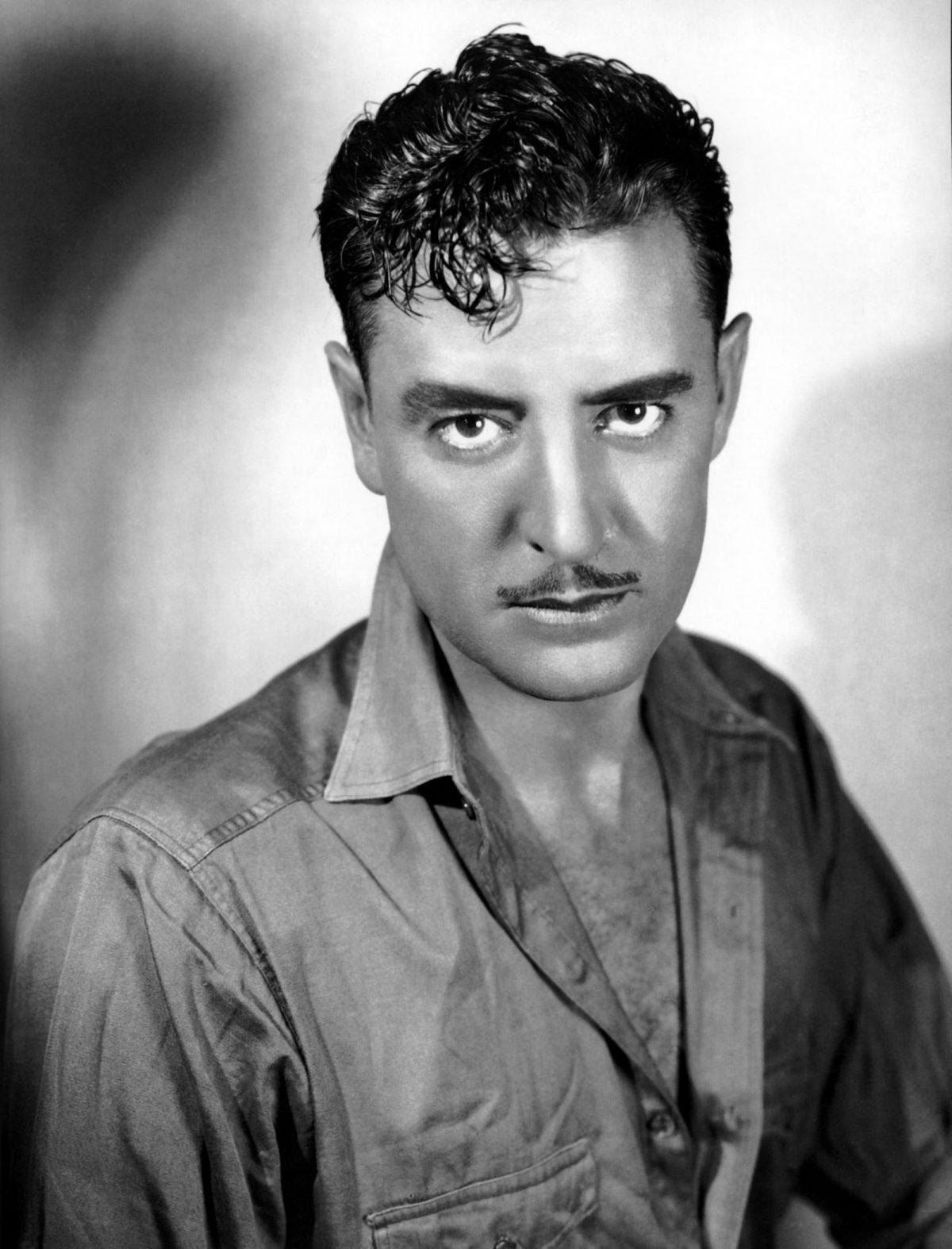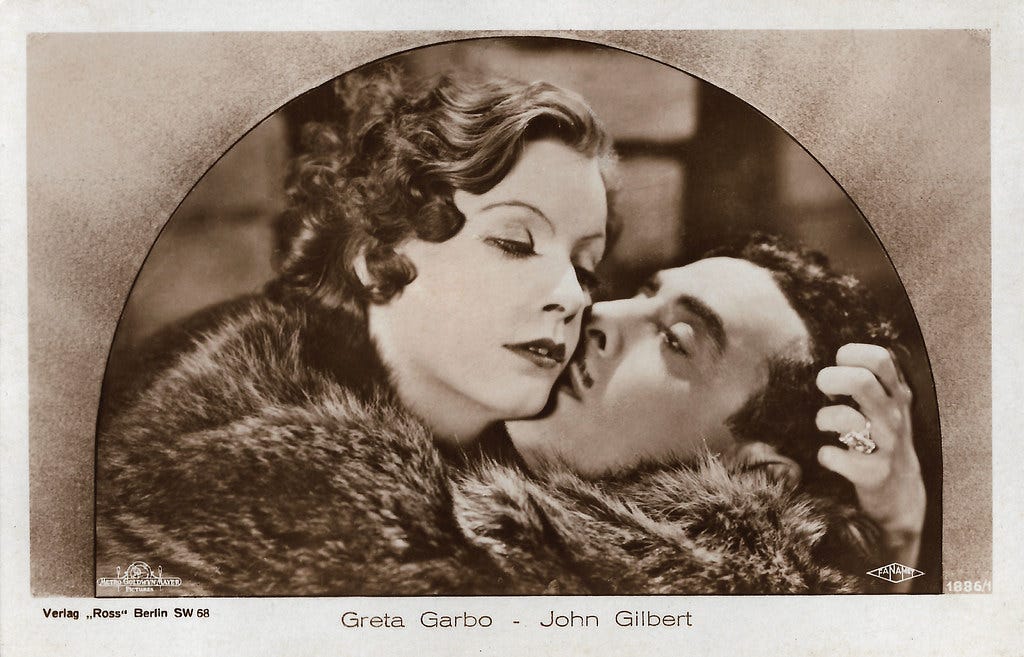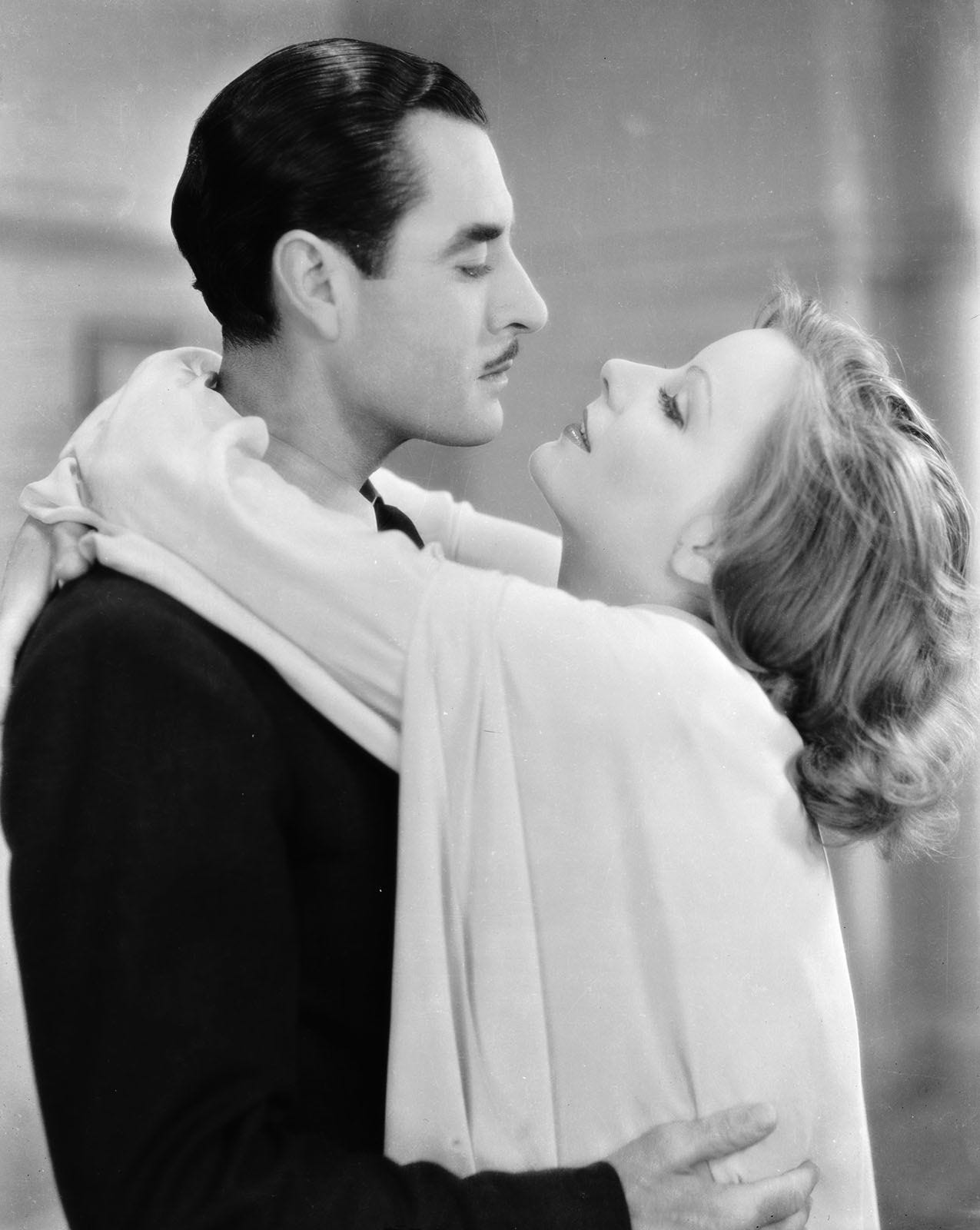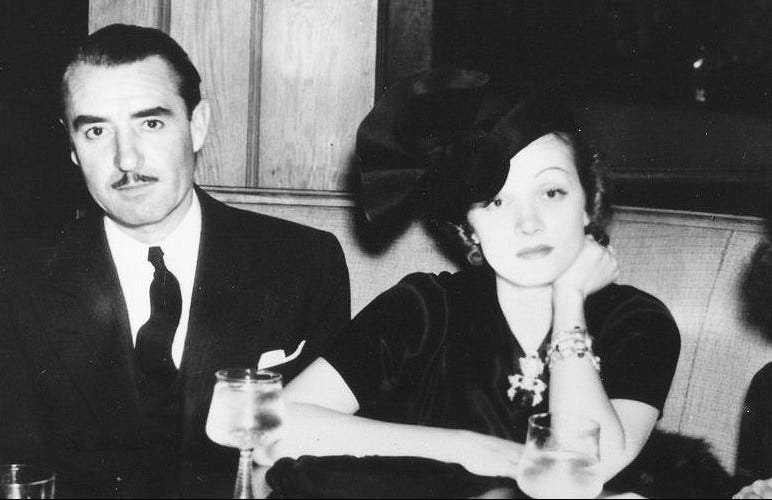Forgotten Silent stars... John Gilbert
The transition from silent films to talkies launched a number of film careers, but also marked the end of many others. One of the biggest stars to come crashing down was John Gilbert, a huge silent star whose screen career was virtually over the moment pictures started to talk. He died only a handful of years later at the age of 38. But there is much more to the story than first appears.
Gilbert’s difficulties really began in childhood where he was forced to deal with abuse and neglect, plus frequent moves which resulted in him attending many different schools throughout the United States. After he left school, Gilbert got into acting and stage management working for stock companies which invariably went out of business, leaving him unemployed.
He moved into screen acting working with various small studios and directors, and dabbled in screenwriting before being signed by the Fox Film corporation where his career began to flourish. From Fox he moved the the far bigger MGM where, under Irving Thalberg, he worked on much bigger productions. This included working with renowned directors such as King Vidor, Erich Von Stroheim and Victor Sjostrom.
Gilbert’s popularity exploded in 1925 following a starring role in The Merry Widow, directed by Von Stroheim. The film had started badly for Gilbert, who stormed off the set after being told by Von Stroheim that he didn’t want him in the picture. But the two made up over several drinks (another of Gilbert’s issues) and the film went onto be a big hit.
Gilbert was astounded by his sudden stardom, saying:
"Everywhere I hear whispers and gasps in acknowledgment of my presence... the whole thing became too fantastic for me to comprehend.”
Gilbert’s next film was The Big Parade. Produced by Thalberg and directed by King Vidor, it became the second-highest grossing silent film, the most profitable film of the silent era, and it propelled Gilbert’s career into the stratosphere. At his peak Gilbert’s popularity rivaled that of Rudolph Valentino, becoming a popular leading man who was widely known as "The Great Lover".
Things got worse for Gilbert when he met Greta Garbo. While Gilbert was the biggest star in Hollywood, Garbo was an unknown at the time. While filming Flesh and the Devil, Gilbert first laid eyes on Garbo during the railway station scene. The director Clarence Brown said the chemistry between the two was both obvious and instantaneous.
The film was a hit and when Garbo and Gilbert began a highly publicized romance soon after it delighted their fans. MGM was just as pleased as it led to Garbo’s star rising rapidly. The two were reunited in a modern adaptation of Tolstoy's Anna Karenina, titled Love to capitalize on the real life love affair and promoted by the studio as "Garbo and Gilbert in Love." During filming Gilbert directed Garbo’s love scenes at her request because he was one of the few people whose "artistic judgment" she respected.
By the time they made their third silent films together (A Woman of Affairs) their romance was virtually over.
Garbo wanted to maintain a professional relationship with Gilbert as it was so good for her career. But privately and despite several proposals Garbo refused to marry him, either verbally or by not showing up for the ceremony. This contributed to another of Gilbert’s big issues.
Gilbert frequently clashed with studio head Louis B. Mayer over creative, social and financial matters. One such confrontation became physical at the planned double-wedding of Garbo and Gilbert and director King Vidor and actress Eleanor Boardman. When Garbo didn’t show Mayer made a crude remark, so Gilbert knocked him to the floor. This gave Mayer one more reason to carry a grudge.
In 1929 MGM produced The Hollywood Revue of 1929 which was a talking picture test vehicle for all their stars and which featured Gilbert in the balcony scene from Romeo and Juliet. That short appearance went without a hitch, but it was his full talking picture debut in His Glorious Night which was a disaster. The issue was not his voice, but the awkward love scenes that included Gilbert repeatedly kissing his leading lady, while saying "I love you, I love you, I love you, I love you" a scene parodied in the MGM musical Singin' in the Rain.
Despite the popular myth that Gilbert had a "squeaky voice", or that the sound track had been altered by a vindictgive Mayer, subsequent analysis has found that the while Gilbert had "a light speaking voice" it was not markedly different from his contemporaries.
Mayer’s sabotage instead came in the form of deliberately assigning Gilbert bad scripts and ineffective directors. When his career tanked and audiences drifted away, it was effectively all over for Gilbert. Even a re-teaming with Garbo in Queen Christina, in which he gave a critically acclaimed performance, was not enough to save him.
One of Gilbert’s most loyal friends was Marlene Dietrich. They had been dating since 1935 and she had witnessed his sad decline. She made efforts to find him film work and had secured him a prominent supporting role in her film Desire, however he died before it could be made.
Gilbert’s health had been severely damaged by alcoholism and he suffered a serious heart attack in December 1935, and then a second fatal heart attack on January 9, 1936. Few people attended his funeral though loyal friends Marlene Dietrich, Gary Cooper, and Myrna Loy did.
The way Gilbert’s career ended is likely the reason he has been forgotten, while the timing and circumstances of Valentino’s death is likely the reason he is remembered. Director King Vidor speculated that, had he lived, Valentino probably would have suffered the same fate in the talkie era.
John Gilbert has been modestly remembered with a star on the Hollywood Walk of Fame and an appearance on a US postage stamp. But the real irony is that the downfall of ‘The Great Lover’ was that no one really loved him enough.









